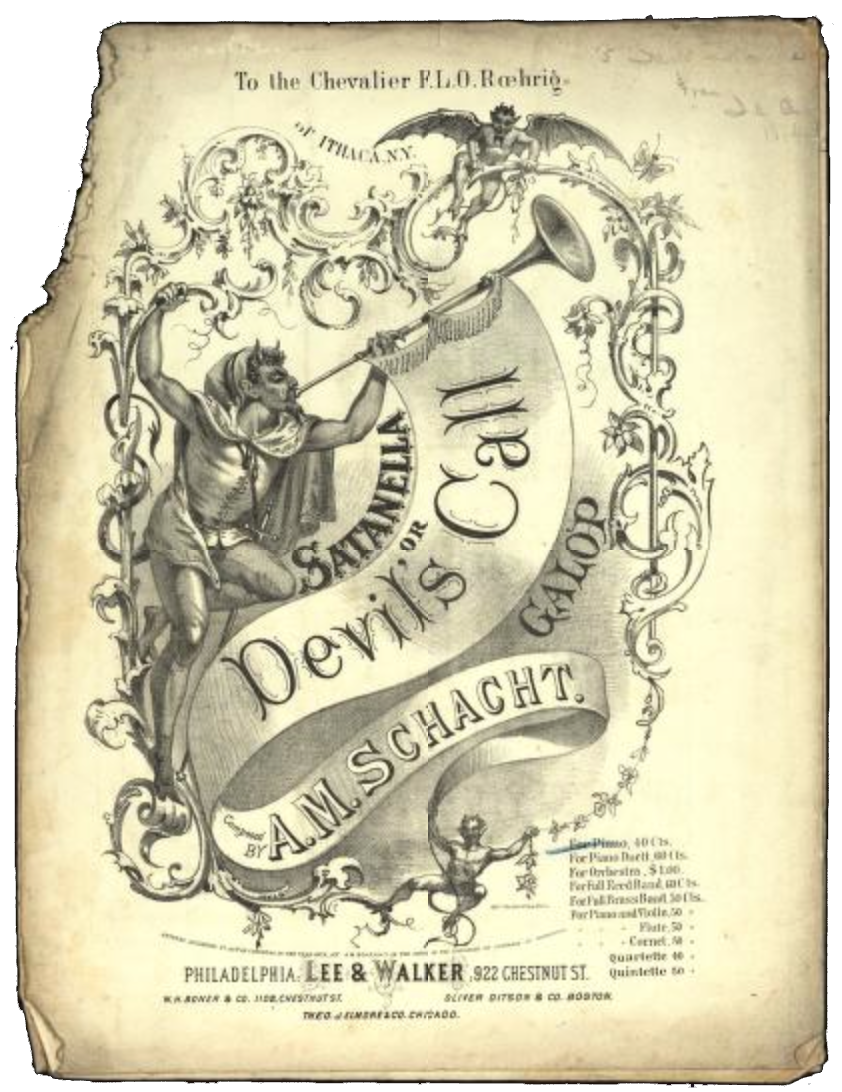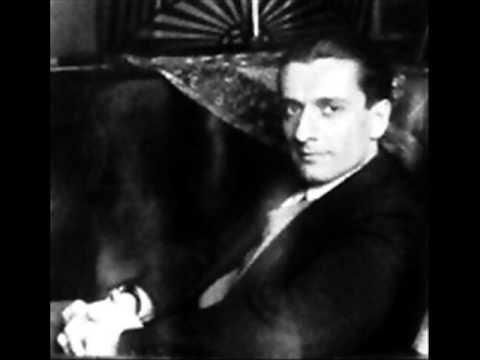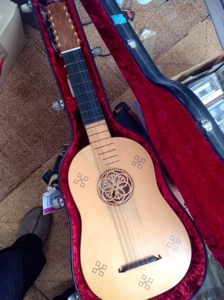Tuners! Sometimes I wonder if there are different standard A=440.
They hardly ever agree, and the guitar string sounds a note that seems to fluctuate in pitch depending on the volume and tone.
I normally wait until the initial excited string has settled when using a tuner.

I have around half a dozen different makes, and up until now I have been using the Snark QTSN2 Clip-On Chromatic All Instrument Tuner. Unfortunately it has broken on a couple of occasions because of the rather delicate slender stalk holding the tuner on the clip. It is not too forgiving of inaccurate tuning. (some tuners seem far too tolerant) and the nice col
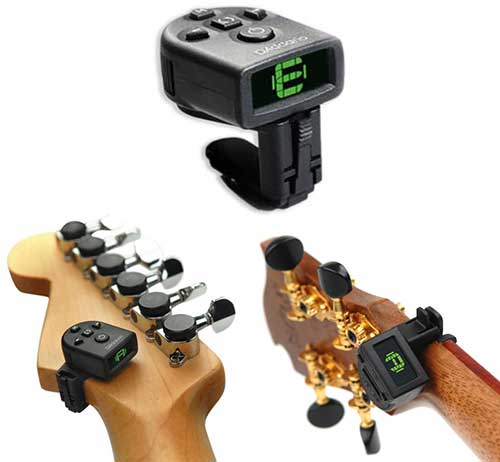 Lately I have been using the D’Addario NS Micro Headstock Tuner. our display also means that you can see how much you are out of tune to the nearest cent. It also has tuning by microphone or vibration.
Lately I have been using the D’Addario NS Micro Headstock Tuner. our display also means that you can see how much you are out of tune to the nearest cent. It also has tuning by microphone or vibration.
Its main advantage is that it is unobtrusive, and very in tune. There is also a choice of reference pitch A from 420-440, so that this could be used on early music instruments.
The display lights up in different colours, and provided you understand what the colours mean, tuning is very fast and accurate. Here is a review in The Gadgeteer.
I far prefer to not use an electronic tuner at all, but when playing in a group of more than two, they are the quickest way to be in tune together (provided the tuner is in tune itself, and also very accurate, and that you understand what the display means!)
How many of you use an electronic tuner as opposed to a pitchfork and your ear?

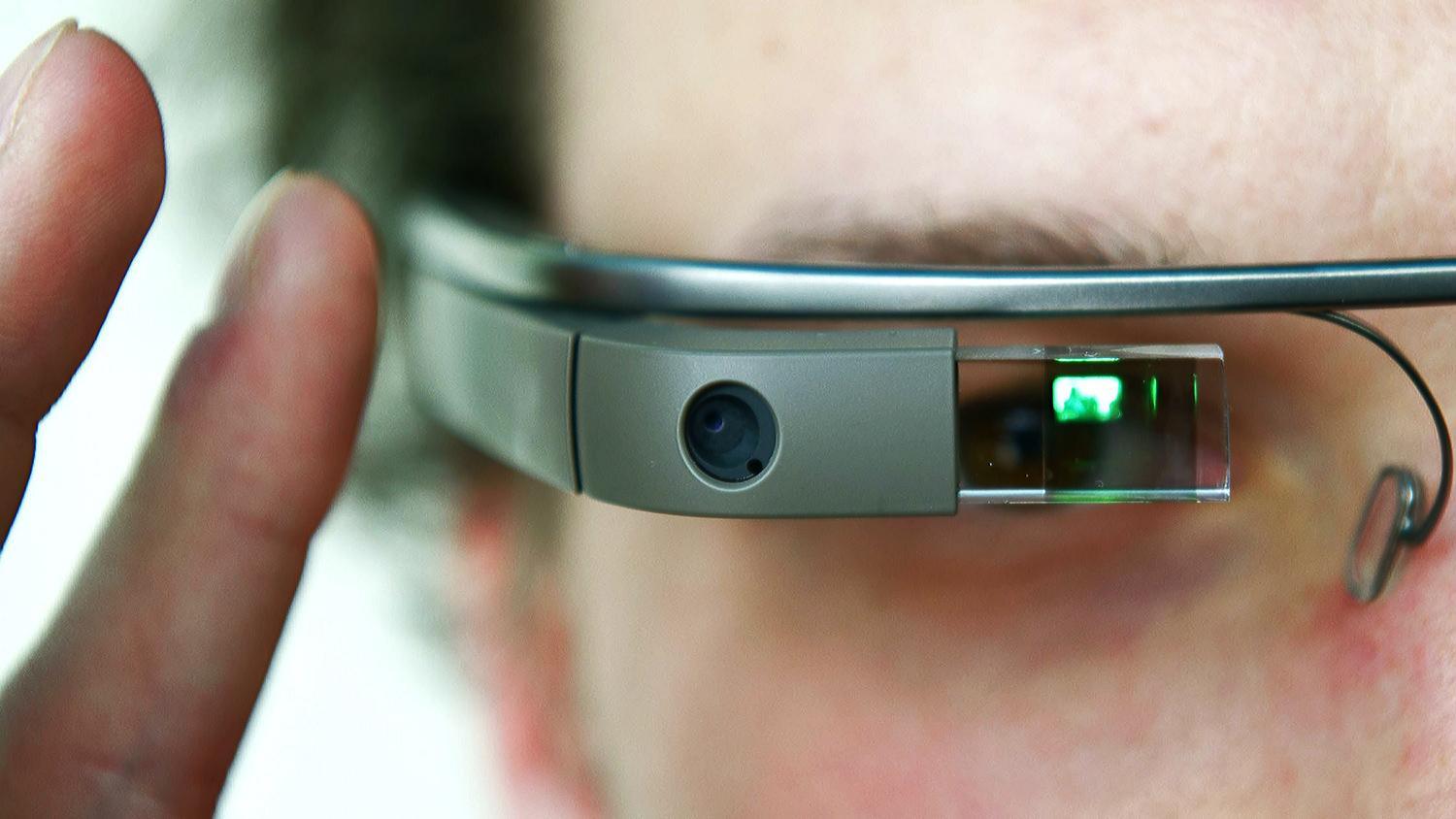 Cynthia Turner
Cynthia Turner This month,
This month, 
